Intro
The birth of each decorative style is closely related to the background and natural environment of the era in which it is located, most of the classic decorative styles are created by a particular way of life, and after a long period of accumulation and precipitation. They are in a certain time and a certain region by a particular group of people and popular, gradually stereotypes and handed down to this day, and eventually become what we call today’s classic decorative style.
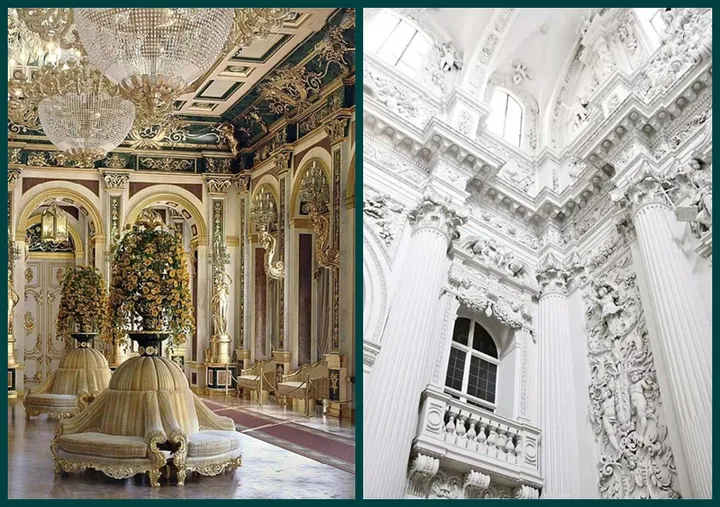
The style of soft furnishings can be basically divided into two categories: the “classic style” and the use of mix and match techniques to create an “eclectic style”. For designers, first of all, to learn and understand the characteristics and elements of each classic decorative style, secondly, to skillfully grasp and understand the spiritual connotation behind each decorative style, and finally skillfully use the mix and match techniques, and ultimately create a new life of their own.
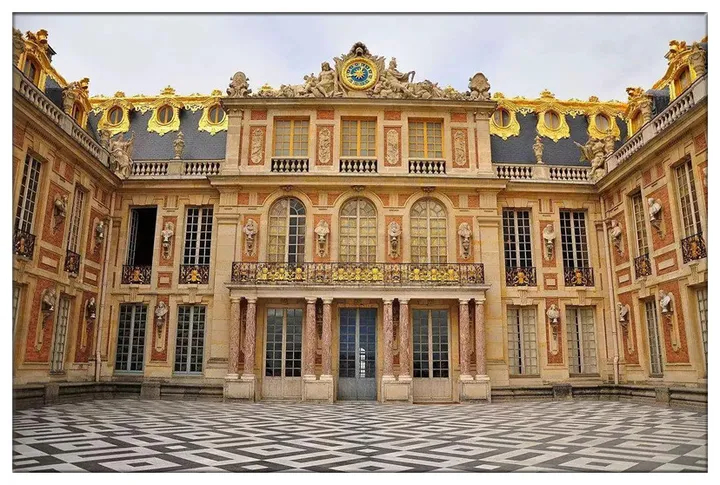
Here we enter the learning journey of French Baroque decoration style together:
Background
Originating from the Renaissance, the Baroque decoration style was the first style in the world to have a great impact on decorative styles around the world, and it became popular among the aristocrats who were passionate about grandiose and exquisite furniture, lavishly ornate brocades, gilded decorations and exotic ornaments.
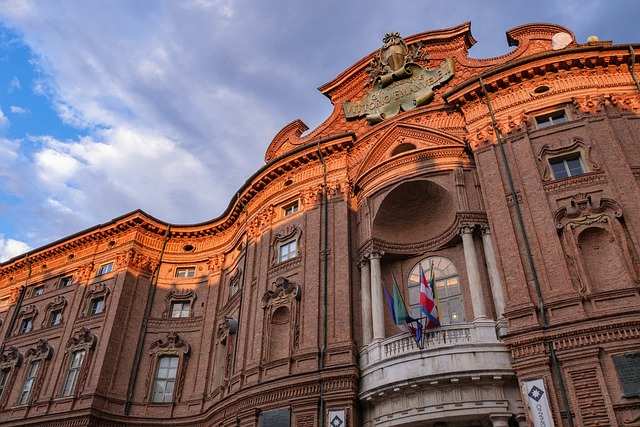
Baroque decoration style originated in the Catholic Church in Italy in the 17th century, and then spread to France during the period of Louis XIV, and even throughout Europe at that time. It was a vibrant, opulent style of decoration, full of ostentation and exaggeration of appearance. The word baroque means elaborate and intricate.
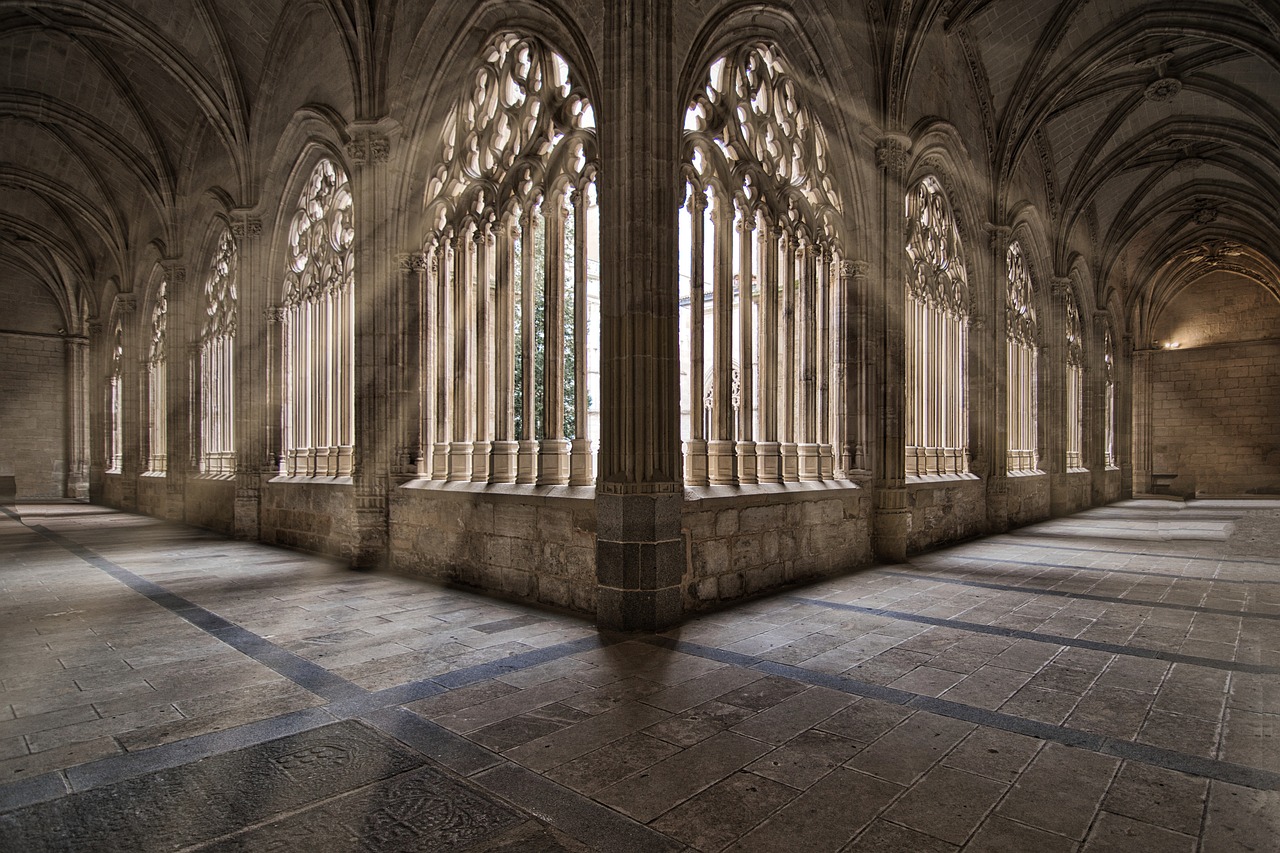
The Catholic Church was challenged and the monarchy criticized during this period. The Church of Rome looked to the power of art to strengthen its authority and control, so the grand scale of Baroque Deco architecture was utilized to remind the public that the Church and the monarchy had supreme power, status and wealth. Therefore, the architecture and decorative styles were exaggerated and ostentatious, centered around the purpose of making a strong impression.
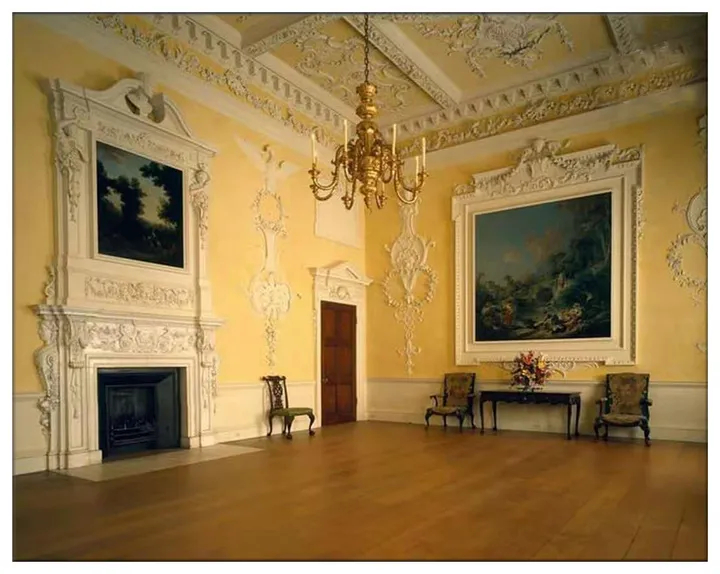
By Louis XIV led the design of the Palace of Versailles, the European royal family have become the object of emulation, but also become the model of the French Baroque decoration style of architecture, Louis XIV Versailles to create a carving complex, brilliant, opulent, exaggerated proportions, and let the world marvel at the exhibition hall type of palace.
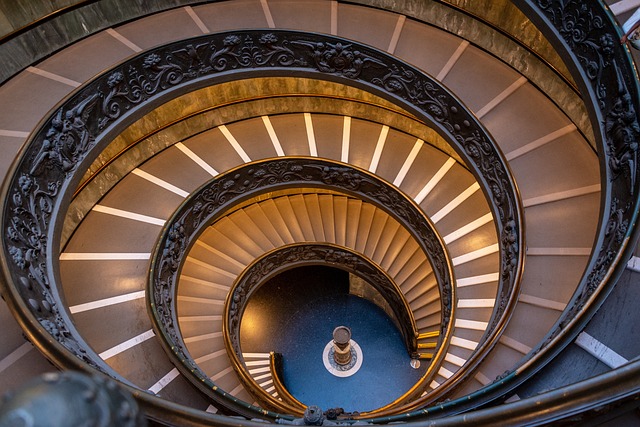
Louis XIV late Baroque decoration style began to change, towards the direction of the French Regency style and Rococo style. Pedestal table and chair legs were gradually replaced by slimmer, more curved ones, and fine carvings and scrollwork began to dominate.

Architectural Features
Layout
The French Baroque decoration style is not embodied in French architecture, but is widely spread and applied in the architecture of Italy, England, Spain and Mexico. The architectural layout of Baroque decoration style is basically rectangular, but the horizontal size is wider. The overall building is grand, stately and majestic, neat and orderly.

Roofing
Most Baroque Decorated houses have a high, folded roof, with steeply pitched roofs that often feature rectangular, round, or oval dormer windows. Eaves have shallow projections and no purlins or mullions are visible. Brick smokeboxes appear symmetrically at the ridge, and for gently sloped roofs, stone balustrades are often used above the gable end of the roof, and stone flowerpots are also found on the tops of the solid walls.
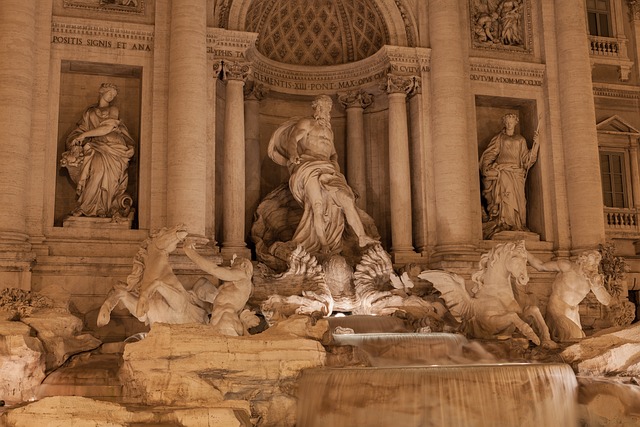
Facade
The typical Baroque façade is characterized by elaborate and exaggerated decorative lines, heavy shadows created by deep carvings, localized eye-catching visual effects, and absolute symmetry between left and right. If these decorative lines are removed, the façade is in fact very simple, the facade often uses huge stone and brick masonry, stone is mainly used in pilasters, door and window frames and plinths, etc. The rest of the wall is basically made of brick, with the surface treated with stucco.

Doors and Windows
Baroque windows are basically mountain wall windows, i.e., the top of the window is installed with triangular ornaments or scroll-shaped canopies, and the entrance door is usually the key decorative part of the building façade, with thick, intricate stone doorframes that often make the door parallel to the façade look like it’s set back a lot, and create shadows on the door. The doors themselves are basically six-paneled wood doors with dark color finishes, usually without glass inlays, and often with gilded hardware.
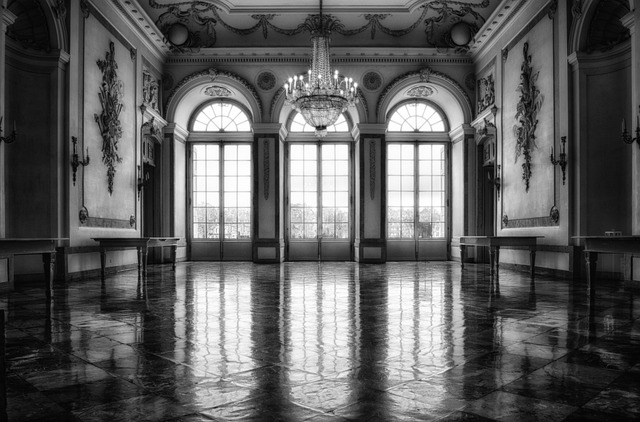
Interior Elements
Walls
Baroque period interior spaces are a continuation of their overall architecture and a reproduction of the building façade. Baroque Deco living room and dining room walls and ceilings, usually decorated with large European classical frescoes, and the bottom wall generally choose dark and striking colors to enhance the dramatic effect of the interior, so that the gilded furniture, mirrors and picture frames will be more prominent in the darker colors of the backdrop.
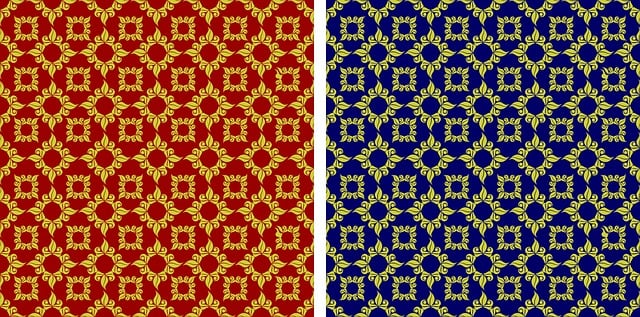
Baroque Deco walls are popular with intricate wood siding, wainscoting and trim to add depth, and gold or silver printed wallpaper. It is also possible to add volume by applying fabrics that shrink up and down to form pleats, or by using imported tapestries to decorate the walls. A more luxurious approach is to decorate the walls with embossed leather secured with press strips.

Flooring
Baroque period began to prevail parquet, which is a solid wood panel collage out of the complex pattern of the ground paving technology, the essence is the use of different wood of different colors, collage out of three-dimensional visual effect. In addition, also commonly used high-grade marble mosaic floor, marble floor is also the use of more than two kinds of marble, varying shades of marble collage pattern, thus creating a three-dimensional visual effect, the pattern of squarer and diamond-shaped most common.
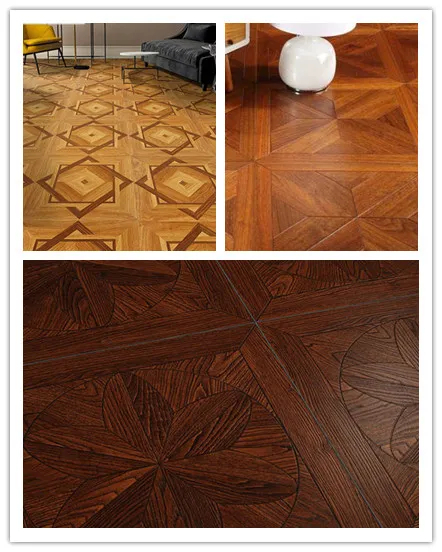
Roof
Instead of using stucco, most Baroque ceilings were chamfered to support wooden beams or trailing beams. The result was that the chamfering became more and more complex, often resulting in a vaulted ceiling. The ceilings of wealthier homes were usually plaster boarded and then stuccoed, with symmetrically arranged, centered plaster reliefs, and with cornices and bands at the junction of the wall and the ceiling.
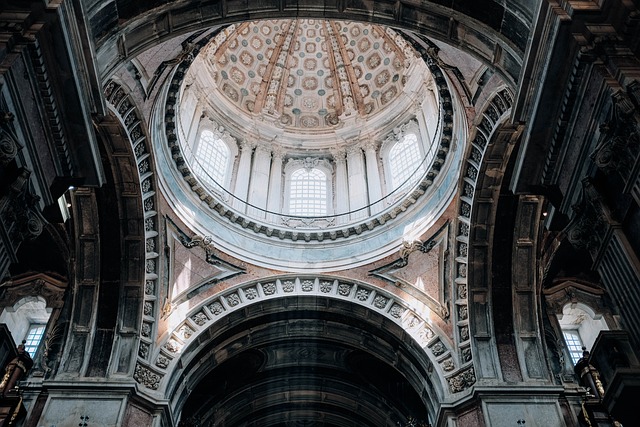
Windows and Doors
Traditionally, larger windows were usually supported by a center jamb and transom. However, over time, the main center stile has remained, while the number of center stile and transom, in terms of volume, has decreased significantly. As the number of windows increased, their proportions became narrower, while the main center stile became dispensable. Vertical sliding windows were popular before the 18th century, fashioned to be taller and narrower, and most of the general rooms or ordinary homes had casement windows.
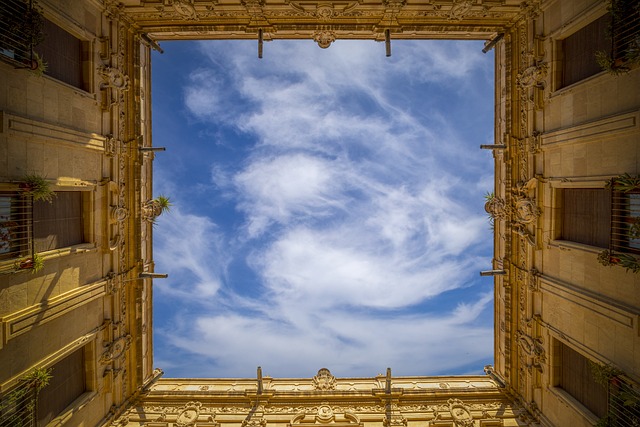
Interior solid wood doors in the Baroque decoration style were tall and wide, usually just a simple two-paneled door, from which evolved four-, six-, and ten-paneled wooden doors. But it is their borders and lintels are heavily utilized with classical architecture’s classic frontal squares, pilasters and bands. The door heads are decorated with rectilinear cornices, triangular or rounded shaped walls.

Staircases
Staircases in the Baroque decoration style are usually large in size and are usually fitted with intricately carved oak balusters. For luxurious stone staircases more elaborate wrought iron balusters were used. The most expensive Baroque wood balusters were full openwork carved solid wood panels, with openwork shapes first in ribbons, later in ranunculus leaf scrolls, and sometimes decorated with carvings.

Cabinet Hardware
Baroque decoration style cabinet features mainly in the exaggerated size and shape above, cabinet and cabinet door surface treatment, including rubbing the color after varnish and brush white paint, cabinet door decorative lines usually affixed with gold leaf or decorated with relief. Hanging cabinet doors are solid doors, the top of the common domed mountain wall molding, floor cabinets with marble countertops, and with carved wood feet lifted off the ground.
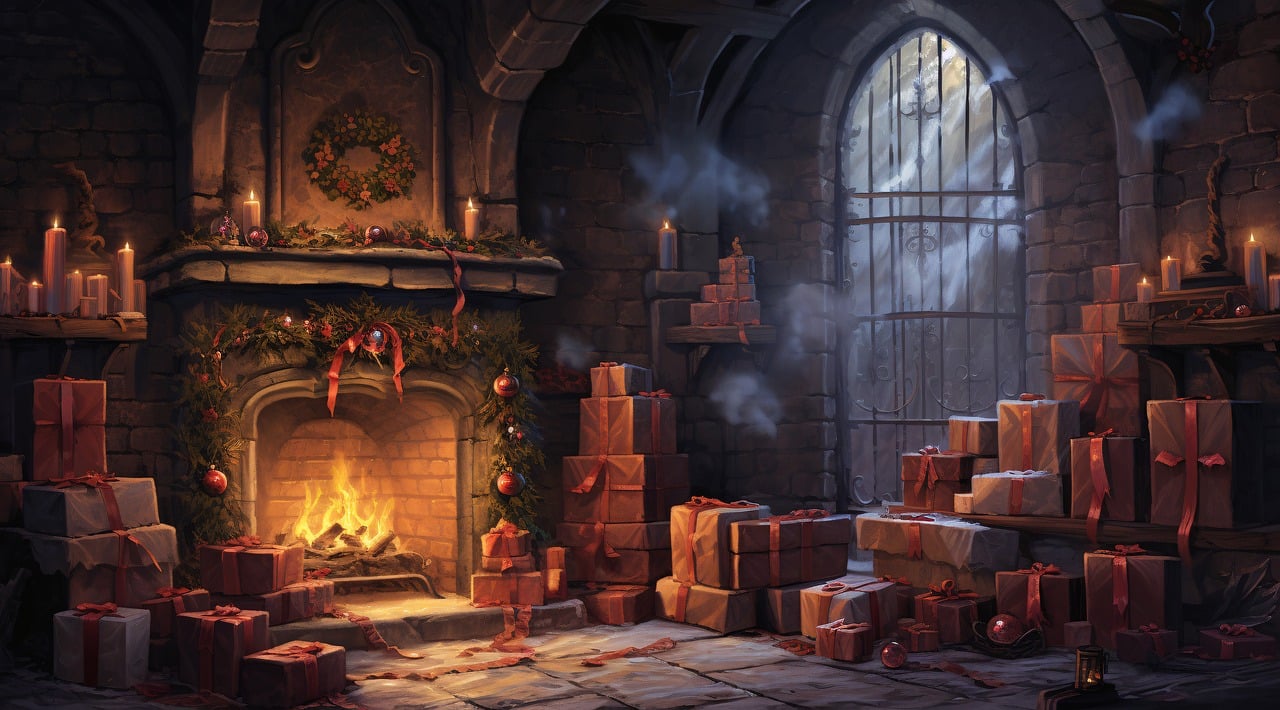
Button handles are often used for hardware, and their surfaces are decorated with deep relief carvings of plant leaves or flower petals, as well as openwork carved turban, arch, and crescent pulls. Materials include brass, bronze, and iron.
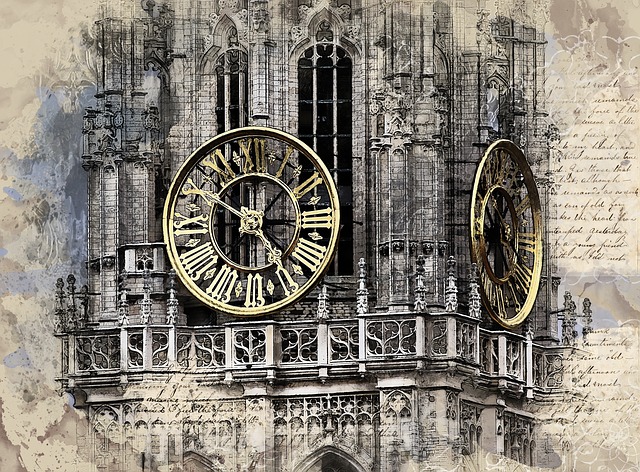
Fireplaces
Originating in Italy, Baroque Deco marble fireplaces are shaped like a scaled-down version of a Baroque Deco building or a fragment of a Baroque Deco building. The fireplace is the focal point of the space, and in fact, Baroque Deco interiors are often adapted around the mantelpiece in order to emphasize it, and the shelf above it is usually decorated with pilasters or a pediment. Baroque cast iron tri-fold mantelpieces are stately and ornate, filled with elements such as scrolls, circles and symbols, while their surfaces are kept in the black effect of iron or are gilded.
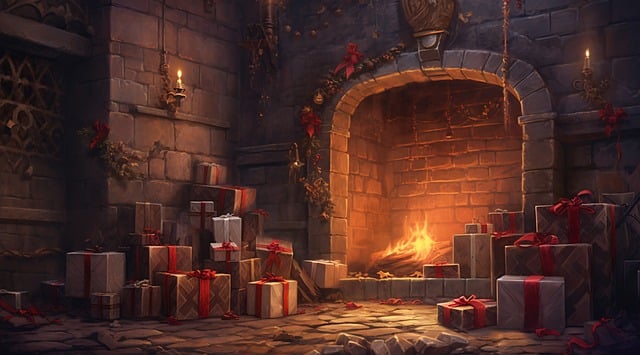
Color and Pattern
Baroque decoration style colors are usually rich and strong, like to use contrasting colors to produce special visual effects, the most commonly used color combinations, including gold and bright blue, green and blue-purple, deep pink and white, red and green, olive green and yellow, crimson and ivory or white. Beige is the most commonly used background base color and gold is the representative color. The dark wood of the furniture makes the Baroque space more mysterious and voluminous, as well as more attractive.

In terms of pattern Baroque decoration style is full of various forms of natural creatures, and its typical patterns include blooming shrubs, curling leaves, encircling flowers, heraldic feathered crowns, birds and Chinese art style patterns. In addition, they also prevailed arabesques, repeating geometric shapes, scrolling c- and s-shaped, swirling or oval floral decorations, draping ornaments or decorative draperies, dendritic or grapevine and rose shapes, as well as ancient formatted floral motifs.

The most representative motif of the Baroque decoration style is the damask pattern woven into brocades, which is often found on the brocades of curtains, draperies, cushions and pillows in the Baroque decoration style. Today, the damask pattern still symbolizes power and wealth.
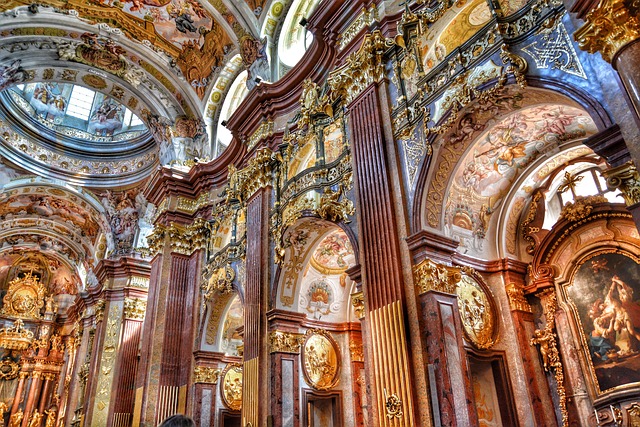
One of the iconic symbols of the French Baroque is the chubby baby boy or cupid embroidered on brocades and fabrics, which are also often found on clocks, candlesticks, paintings and sculptures. The Italian Baroque style, on the other hand, favored little boys, garlands of flowers or plant leaf rings.

